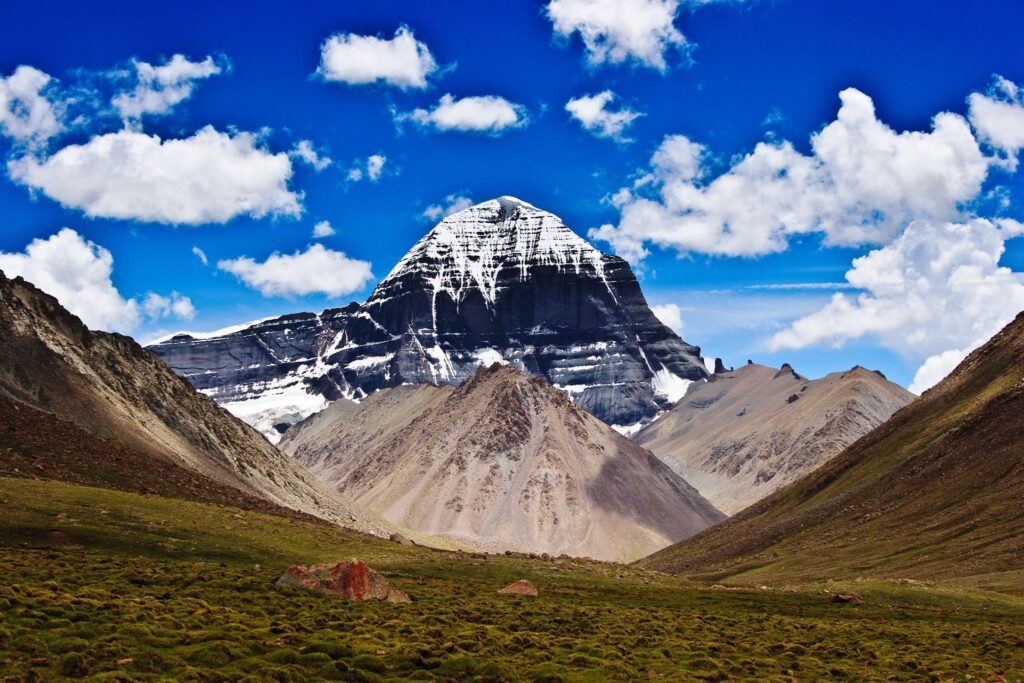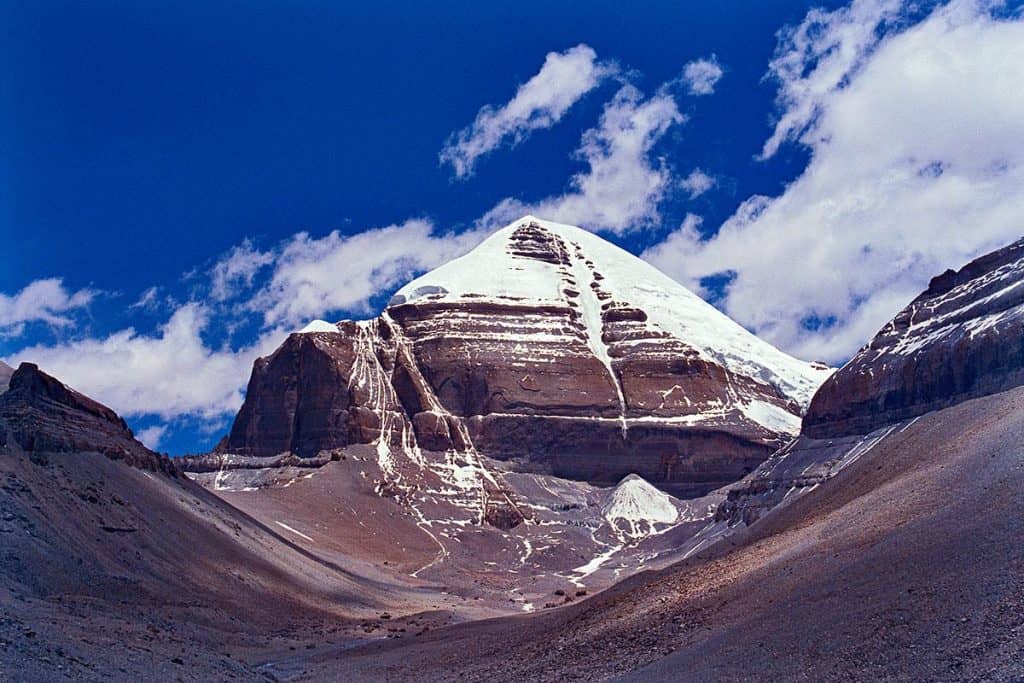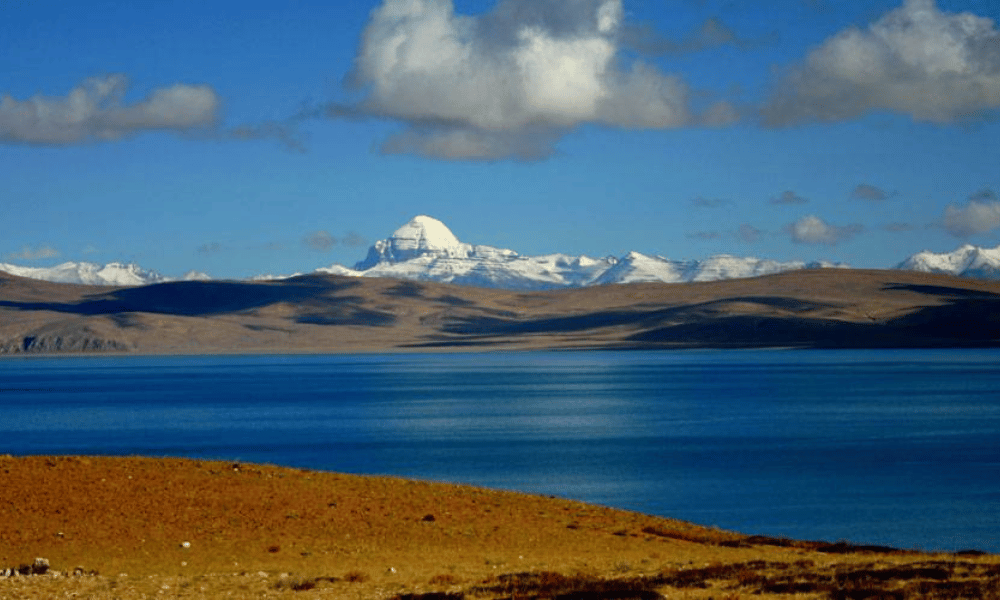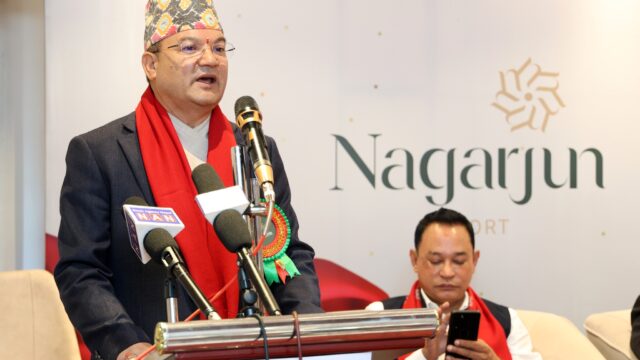The remote northern region of Lapcha Lolung in Limi Valley, located in Namkha Rural Municipality–6 of Humla district, has recently seen a rise in internal tourism, thanks to the opening of the trekking route for distant viewing of the sacred Kailash Mansarovar. According to Namkha Rural Municipality Chairperson Prem Bahadur Lama, domestic tourists have started arriving at Lapcha since the first week of Jestha (mid-May) to witness the breathtaking distant view of Mount Kailash and Mansarovar Lake. This surge followed the seasonal reopening of the trekking route through Nara, Hilsa, and Nyalu, which had remained closed due to heavy snowfall during the winter months.
Lapcha in Humla’s Limi Valley
The Limi Valley, which encompasses remote settlements like Nyalu, Nara, Hilsa, and Yari, becomes inaccessible for around six months during the winter because of intense snowfall. However, once the snow is cleared, the trail gradually sees movement, particularly from spiritual and adventure seekers who aspire to get a distant darshan (view) of Kailash Mansarovar without crossing into Tibet. Local ward chairperson Paljor Tamang shared that Kailash and Mansarovar are clearly visible from Lapcha, located at an approximate distance of 105 kilometers from Simikot, the district headquarters of Humla. Tamang believes that with road upgrades and better management, the route via Limi could offer an easier and safer alternative to the frequently used Hilsa route.

Despite being one of the few places in Nepal where people can view Kailash Mansarovar from Nepalese territory itself, the area has received minimal promotion. As a result, only a limited number of internal tourists currently make the effort to travel to the site. Chairperson Lama emphasized that if the region were properly managed and marketed, it holds great potential to develop into a premier pilgrimage and adventure destination in Nepal, especially for those who cannot travel across the border.
The best time to visit Limi Valley for Kailash Mansarovar darshan is between the months of Jestha and Kartik (May to November), as winter brings severe conditions that close the trail. For those traveling from Simikot, it is a one-day journey by vehicle to reach the valley if road conditions are favorable. On foot, however, it typically takes around four days to reach the region. Given the remote nature of the trail and its minimal infrastructure, travelers are advised to carry essential items such as dry food, tents, waterproof jackets, backpacks, warm clothing, trekking shoes, hiking poles, and personal medication.

Local authorities and tourism stakeholders have underscored the urgent need for improved infrastructure, trail maintenance, and organized tourism services to attract more visitors. Without adequate promotion and government support, one of Nepal’s most sacred and scenic high-altitude viewpoints remains underutilized.
The serene and spiritually significant landscape of Limi Valley, coupled with the unmatched experience of seeing the revered Kailash Mansarovar from within Nepal, could attract not only pilgrims but also trekkers, nature lovers, and international spiritual tourists. However, as it stands, only a fraction of its potential has been tapped. If supported with proper connectivity, accommodations, guide services, and awareness campaigns, Lapcha Lolung could soon become a notable name on Nepal’s tourism map.






